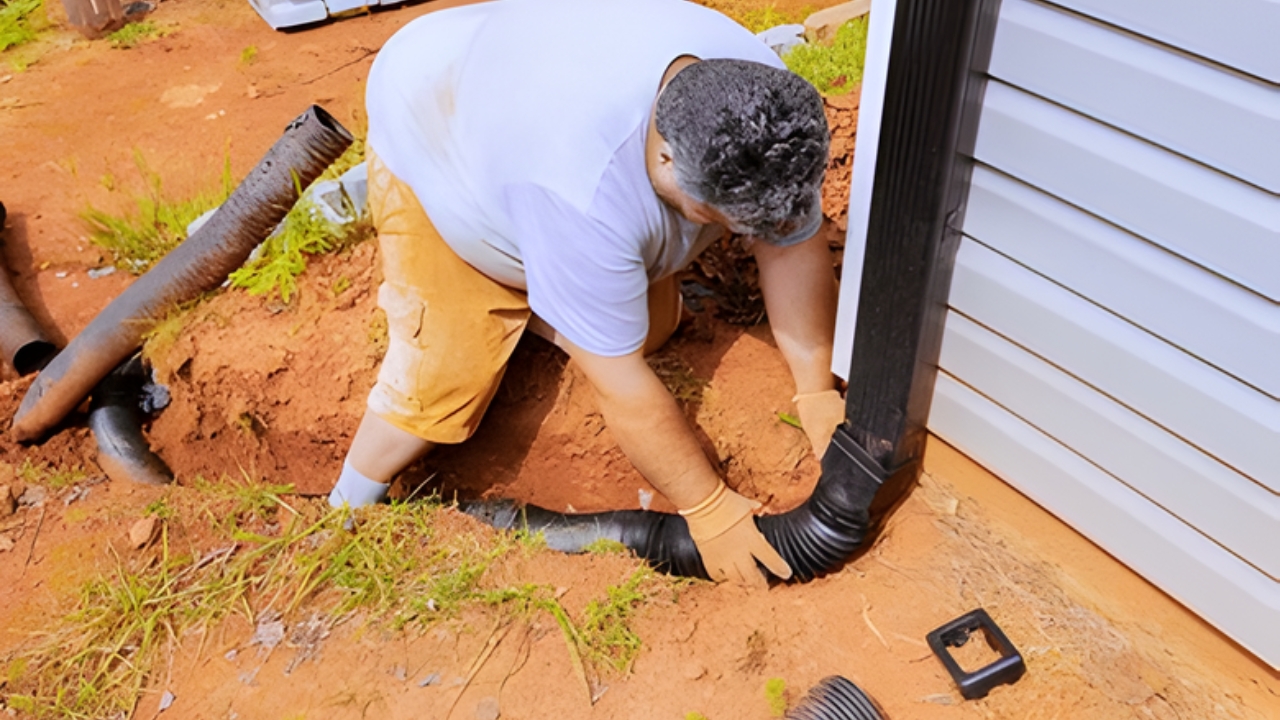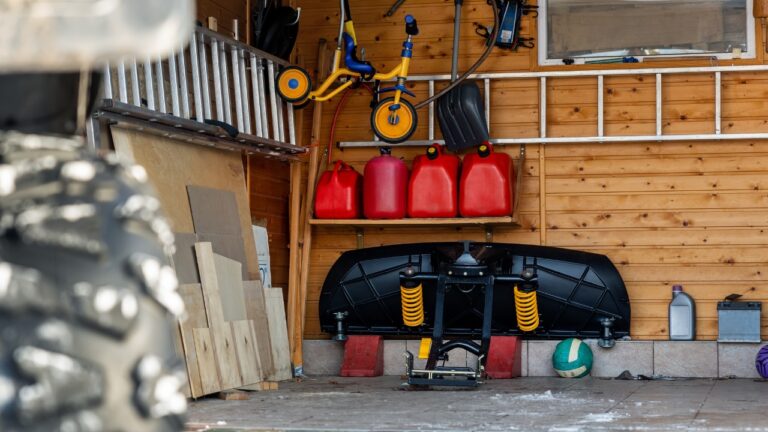You’re prepping your yard—but forgot this one storm-proof detail
When bad weather’s on the radar, most people think about clearing gutters, securing patio furniture, and trimming weak branches. Those are smart moves, but there’s one thing almost everyone overlooks—how water actually moves through the yard once that storm hits.
You can have the cleanest gutters in the neighborhood, but if the ground doesn’t drain right, all that water still ends up where it shouldn’t.
Your yard’s slope matters more than you think
It’s easy to assume your yard drains naturally, but many properties are graded poorly or have shifted over time. When the slope directs water toward your house instead of away from it, rain collects near the foundation and seeps into crawl spaces or basements. You might not notice it right away, but the long-term damage can be serious—mold, settling, and even foundation cracks.
You can check this yourself. After a heavy rain, walk around the yard and look for puddles or areas where water lingers for hours. If you notice pooling near your home, that’s a sign your grading needs attention. A little work with a shovel and a few bags of topsoil can go a long way in redirecting the flow.
Downspouts can make or break your drainage

Even if your gutters are spotless, short downspouts can undo all that work. Water should be discharged at least five to six feet from your foundation—further if your soil doesn’t drain well. Many homeowners let the water pour right next to the house without realizing it’s slowly undermining the soil below.
A downspout extender or flexible drainage pipe costs less than $20 and can save thousands in potential water damage. If you live somewhere that floods easily, you might even consider connecting those extensions to a buried drain line or dry well that moves the water further into the yard.
Watch how your landscaping traps water
Mulch beds, garden borders, and decorative edging all look nice, but they can accidentally block water from escaping. When the soil behind them becomes saturated, it acts like a dam and forces water to spread sideways—or worse, back toward your house.
If you’ve added new landscaping this year, double-check that everything still slopes slightly away from the home. Leaving small gaps or using perforated edging helps excess water escape instead of building up.
Don’t forget your soil type
Clay-heavy soil holds water longer than loamy or sandy soil, which can turn your lawn into a swamp after a good rain. You can improve drainage by aerating in the fall and mixing in compost or sand to break up compacted areas. It’s not a one-time fix, but it makes a big difference over time.
If your yard naturally holds water, planting rain-tolerant grasses or adding a rain garden can help manage the problem instead of fighting it. These small design choices keep the yard functional even when the weather turns ugly.
The small fix that protects everything else

Storm prep isn’t only about what’s above ground—it’s about what’s happening beneath it. Redirecting water away from your foundation might not be as exciting as new outdoor furniture or fresh mulch, but it’s the upgrade that protects every other project you’ve done.
So before the next storm rolls through, take a minute to check your drainage. Make sure the slope sends water away, the downspouts reach far enough, and your landscaping doesn’t block the flow. It’s the detail that separates a yard that weathers a storm from one that floods every time it rains.
Like Fix It Homestead’s content? Be sure to follow us.
Here’s more from us:
8 upgrades that look like you spent thousands (but didn’t)
9 small changes that instantly make a house feel high-end
*This article was developed with AI-powered tools and has been carefully reviewed by our editors.







